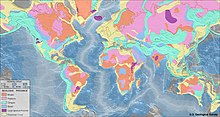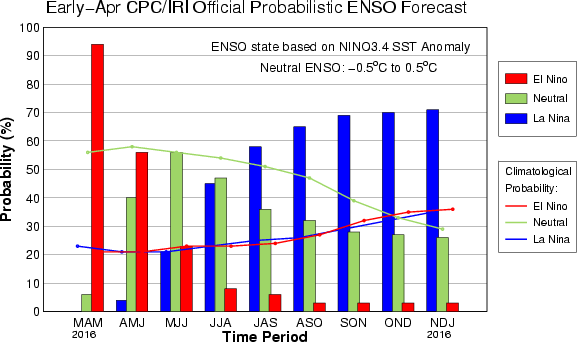ScienceRocks
Democrat all the way!
- Banned
- #1
I say may, but looking at the cold pool moving eastward, well I'd give it a reasonable chance of occurring.



Will be interesting if we do get a nina to see where it bottoms out and if the nina is the warmest yet again.



Will be interesting if we do get a nina to see where it bottoms out and if the nina is the warmest yet again.








